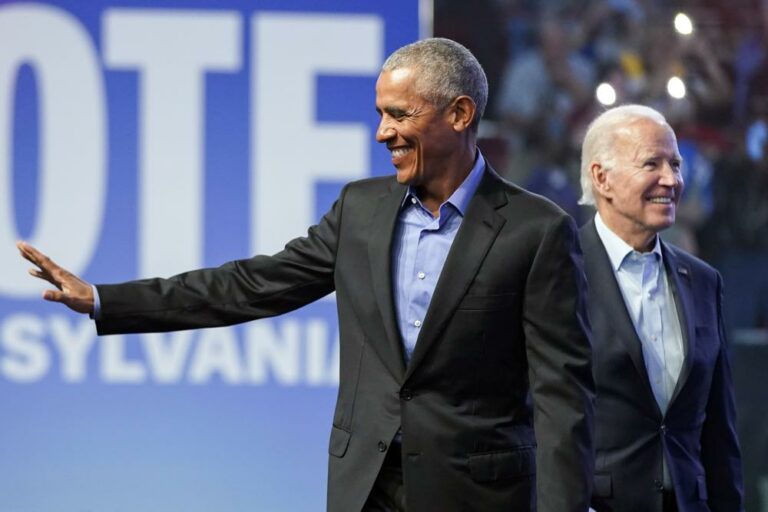 Police departments across the country are ordering officers to pair up after ambush attacks left eight officers dead in Texas and Louisiana, a precaution that could slow response times to low-level crimes and drive up overtime for already exhausted police.
Police departments across the country are ordering officers to pair up after ambush attacks left eight officers dead in Texas and Louisiana, a precaution that could slow response times to low-level crimes and drive up overtime for already exhausted police.
Some agencies that normally let officers patrol alone began forcing them to double up throughout their shifts, even during meals or other breaks during their shifts.
Los Angeles police assigned members of specialized crime-fighting units to back up officers responding to routine calls. Baltimore police began sending two squad cars to every call received. Dispatchers in Denver urged officers to travel in pairs indefinitely and “keep their head on a swivel” to protect themselves against the new threat. Police in Fort Worth extended the order beyond their uniformed officers to plainclothes detectives and high-ranking supervisors.
The new safety measures are some of the most intense since the aftermath of the 9/11 attacks, said Darrel Stephens, executive director of the Major Cities Chiefs of Police Association. Los Angeles also ordered more of its helicopters to patrol the skies. Officers elsewhere were told to keep their guard up, especially around police stations. It was unclear when operations would return to normal.
“You’re on the street eight, 10, 12 hours. Remaining with that heightened sense of alertness for that entire time is a pretty big challenge,” Stephens said. “Doubling up those officers helps them keep track of each other and helps them feel a sense of safety.”
It was unclear whether the buddy system might have prevented Sunday’s targeted killings of three law enforcement officers in Baton Rouge, Louisiana, or the July 7 killings of five officers during a Dallas protest march with a heavy police presence.
In some cities, doubling up means less police visibility and geographic coverage on the streets because putting two officers in one car means others stay parked. Some departments have compensated by asking officers to extend their shifts, further straining those already on overtime from long nights of protests.
In Denver, two officers already respond to most calls, either together or in separate cars. But response times could end up slower for lower-priority cases, like thefts, that typically require just one officer.
Two-person patrols are the safest approach, but “what we’re seeing is the two-officer cars are responding to everything, so there are fewer cars to handle the calls,” said Denver police Sgt. Bryan O’Neill, vice president of the city’s Police Protective Association. “Our two-man cars are going out and working as quickly and effectively as they can, knowing that the calls are going to stack up. They don’t want to see the citizens suffer because we have fewer cars out there.”
Two-officer patrols are not a fool-proof solution, and studies are mixed about their effectiveness. Seven of the 51 officers killed in 2014 were in a two-officer vehicle, according to FBI statistics.
But if an officer is shot, a two-person patrol usually ensures the second officer can radio and get help, said Peter Moskos, a former Baltimore officer who teaches law and police science at John Jay College of Criminal Justice in New York.
But two-officer patrols are difficult to sustain for departments short on money and manpower, said Officer Robert Swartzwelder, president of the police union in Pittsburgh, where the chief called for fewer single-officer cars patrolling neighborhoods.
Most police departments will continue to focus resources on high-crime neighborhoods, in spite of manpower constraints, Stephens said.
Some officers said a strain on resources is worth it to improve officer safety during dangerous times. The shooting of an officer in Milwaukee Sunday as he sat alone in his police cruiser should be seen as proof of the buddy system’s value, said Mike Crivello, who heads the Milwaukee’s Police Association union.
“When there are two officers, obviously it’s double protection for both of them,” he said.
The Milwaukee officer was wounded and undergoing surgery Monday. “Had he had a partner, the other one would be watching out,” Crivello said.
(AP)










